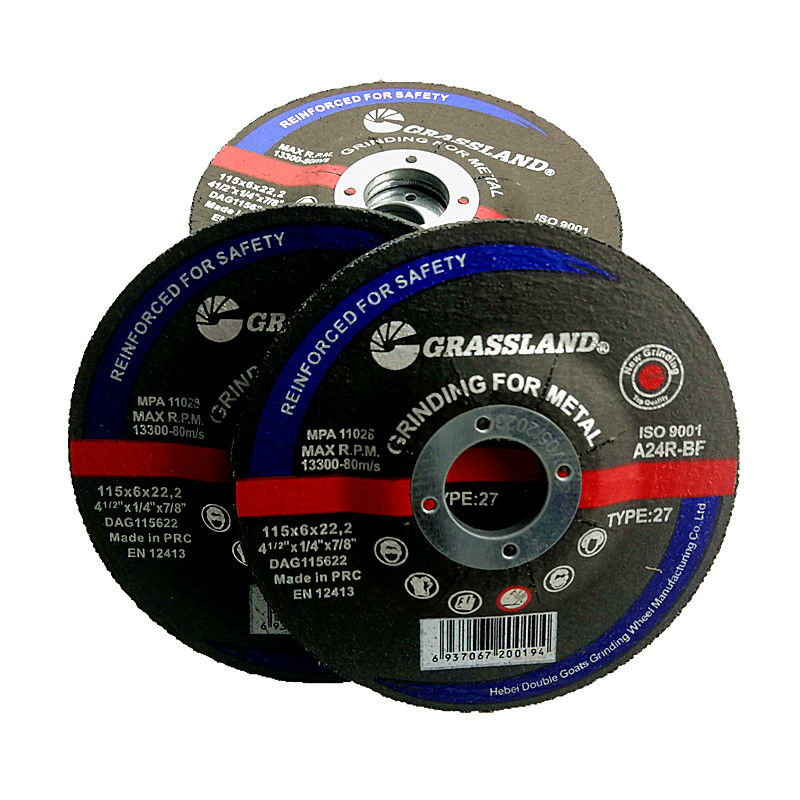The Essential Guide to Chop Saw Cutting Wheels
In the world of metalworking and construction, chop saws have become indispensable tools for cutting various materials, particularly metal. The efficacy and precision of a chop saw largely rely on the cutting wheel used. Understanding the parameters and features of chop saw cutting wheels is crucial for anyone utilizing these powerful machines.
Chop saws, also known as cut-off saws or abrasive saws, are robust machines designed specifically for making quick, straight cuts in metal and other hard materials. The cutting wheel, or abrasive wheel, is the heart of the chop saw. Typically made from hard materials like aluminum oxide or silicon carbide, these wheels are engineered to withstand the intense friction generated during cutting.
When selecting a chop saw cutting wheel, the first consideration should be the material of the wheel. Different materials are suited to different tasks. For instance, aluminum oxide wheels are excellent for cutting ferrous metals (like steel and iron), while silicon carbide wheels are preferable for non-ferrous metals (like aluminum and brass). There are even specialty wheels designed for specific applications, such as stainless steel or hard metal applications, so it’s essential to choose the right wheel for your job.
Another critical factor in choosing a cutting wheel is its diameter and thickness. Cutting wheels typically range from 12 to 14 inches in diameter. The thickness of the wheel affects its cutting speed and efficiency; thinner wheels offer faster cutting speeds and less material waste. However, thinner wheels may also be more prone to breakage under heavy load, which is why safety precautions are vital.
chop saw cutting wheel

The grit size of the cutting wheel is another essential specification. Generally, finer grits are used for smoother cuts and finishing work, while coarser grits are more suitable for faster stock removal. Each grit size is designed to achieve a particular finish, so understanding the desired outcome of your project will help in making the right choice.
Safety is paramount when using chop saws and cutting wheels. Abrasive wheels can fracture and send shards flying at high speeds if they are not properly maintained or if the wrong wheel is used. Always inspect your cutting wheels for cracks or damage before use. Wearing personal protective equipment (PPE), such as safety glasses, gloves, and hearing protection, is also crucial to ensure your safety while operating a chop saw.
Moreover, operating the chop saw correctly is essential for maximizing the lifespan of your cutting wheels. Allow the wheel to reach full speed before making contact with the material, and apply steady, even pressure while cutting. Avoid forcing the wheel into the workpiece, as this can lead to excessive wear and tear or even catastrophic failure.
In addition to proper usage, maintenance of the chop saw and cutting wheels is vital. Clean the saw regularly to remove debris and metal shavings that could interfere with its operation. Store spare wheels in a dry, cool place to prevent moisture buildup and deterioration.
In conclusion, chop saw cutting wheels are crucial components that directly influence the performance and safety of chop saw operations. By understanding the various types of wheels available and their specifications, users can select the best options for their specific cutting tasks. Prioritizing safety and maintenance will not only enhance the quality of cuts but also prolong the life of both the cutting wheels and the chop saw itself. Whether you’re a professional craftsman or a DIY enthusiast, knowing how to choose and use the right chop saw cutting wheel is an invaluable skill in any metalworking endeavor.
Post time:Dec - 26 - 2024

















